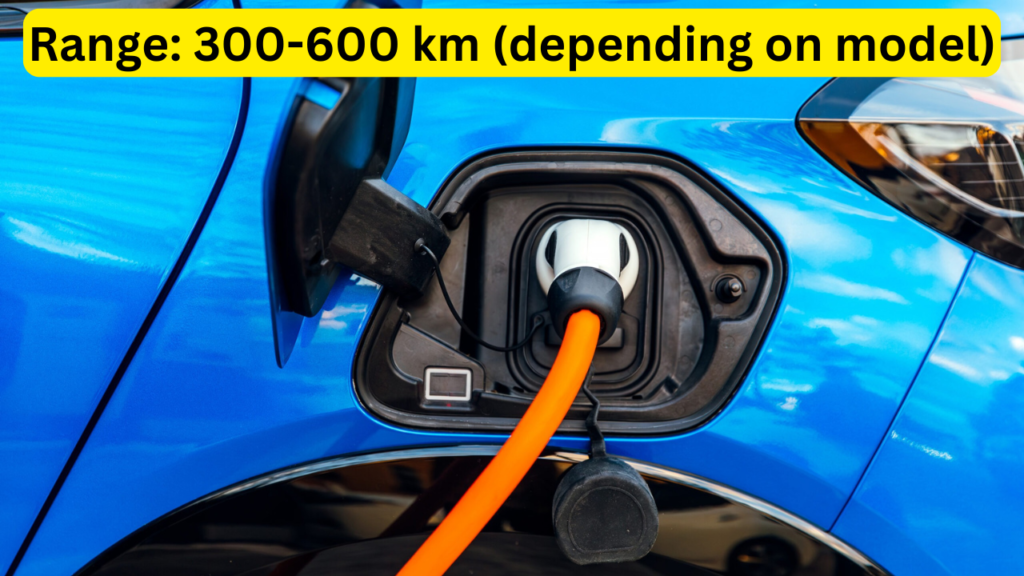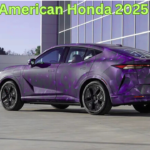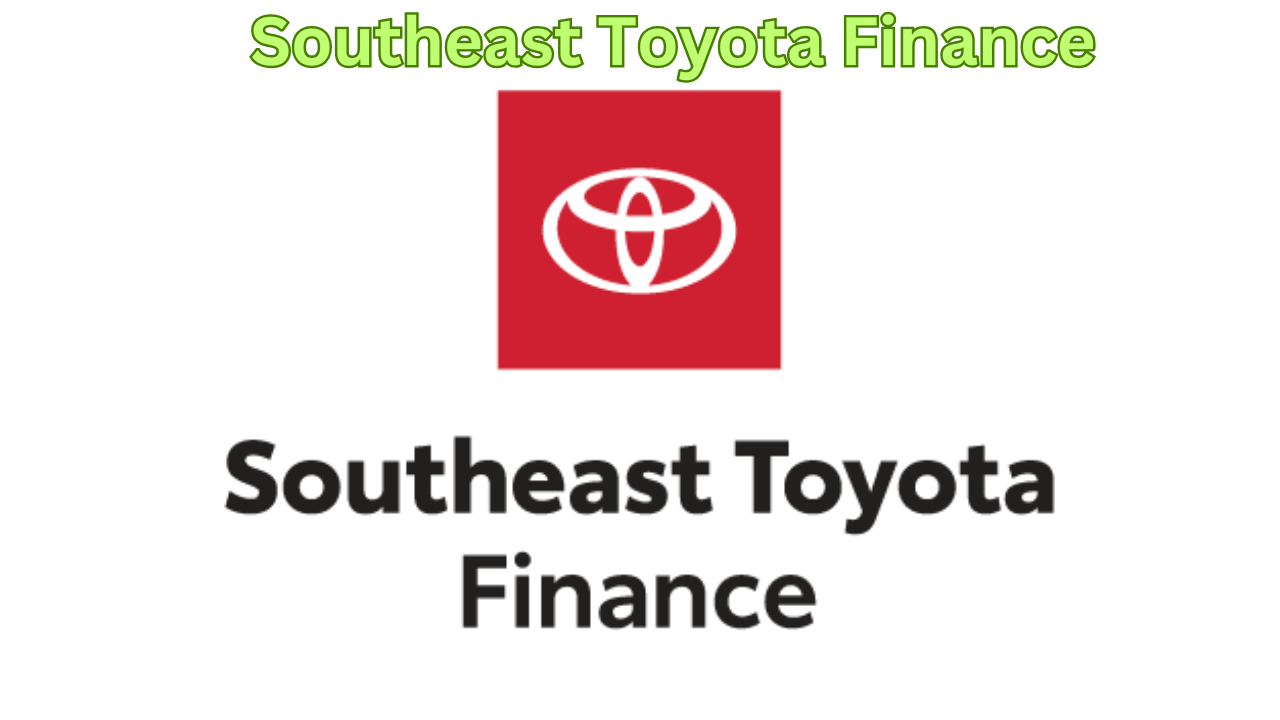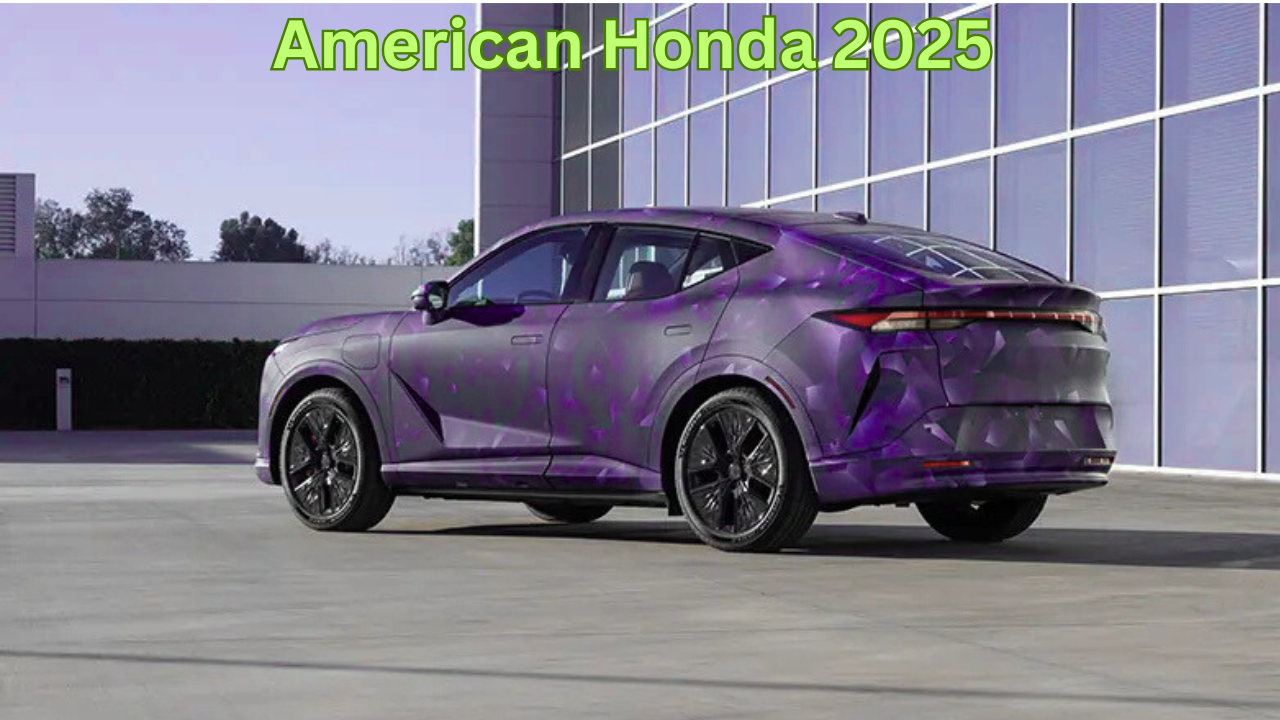BEVs Surge in Germany’s New-Car Market: The German new-car market witnessed a significant surge in battery-electric vehicle (BEV) registrations at the start of 2025, marking a 53.5% year-on-year increase. However, this growth is not without its complexities. External factors, such as the abrupt withdrawal of EV incentives in December 2023 and the tightening of EU CO2 fleet regulations, have heavily influenced these figures. While the numbers seem impressive, industry experts caution against celebrating too soon, as the surge may be a temporary effect rather than a reflection of sustained consumer demand.
January 2025 saw 34,498 BEVs registered in Germany, making them the third-most-popular powertrain with a 16.6% market share. This growth is attributed to the low base effect from January 2024, when BEV deliveries plummeted due to the sudden end of subsidies. Additionally, carmakers may have delayed BEV registrations in late 2024 to align with stricter 2025 CO2 emission targets, further skewing the figures. Despite the positive headline numbers, the underlying challenges of infrastructure, consumer confidence, and regulatory pressures remain significant hurdles for the EV market.
Industry bodies like the VDIK, ZDK, and VDA are calling for urgent regulatory reviews and increased support for the sector. They emphasize the need for a robust charging infrastructure, flexible CO2 targets, and continued incentives to ensure the long-term success of electromobility. Without these measures, the ambitious goals of reducing emissions and transitioning to electric vehicles by 2035 may be at risk.
Also read: 2025 MG Astor Launched in India
Specifications and Features of BEVs in Germany
BEVs in Germany are gaining traction due to their advanced technology, environmental benefits, and improving infrastructure. Here’s a detailed look at their specifications and features:
Specifications
| Feature | Details |
|---|---|
| Powertrain | Battery-Electric Vehicle (BEV) |
| Range | 300-600 km (depending on model) |
| Charging Time | 30 minutes (fast charging) to 8 hours (home charging) |
| Battery Capacity | 40-100 kWh |
| Top Speed | 140-250 km/h |
| Acceleration (0-100) | 3-8 seconds |
| Price Range | €30,000 – €100,000 |
| Market Share (Jan 2025) | 16.6% |
Features
- Advanced Battery Technology: BEVs offer high-capacity batteries with fast-charging capabilities, making them suitable for long-distance travel.
- Regenerative Braking: Enhances energy efficiency by converting kinetic energy into stored power.
- Smart Connectivity: Integrated infotainment systems with real-time navigation and charging station locators.
- Eco-Friendly Design: Zero tailpipe emissions and sustainable manufacturing processes.
- Autonomous Driving: Many models come equipped with advanced driver-assistance systems (ADAS).
Performance and Design
BEVs are designed to deliver a seamless driving experience, combining performance, comfort, and sustainability. Their electric motors provide instant torque, ensuring quick acceleration and smooth handling. The aerodynamic design of BEVs not only enhances efficiency but also gives them a modern, futuristic appearance.
Performance Highlights
- Acceleration: BEVs can achieve 0-100 km/h in as little as 3 seconds, rivaling traditional sports cars.
- Range: With ranges extending up to 600 km, BEVs are becoming increasingly practical for everyday use.
- Charging Infrastructure: Germany’s growing network of public charging stations supports the widespread adoption of BEVs.
Design Elements
- Sleek Exteriors: Streamlined bodies with minimalistic aesthetics.
- Spacious Interiors: Focus on comfort and technology, with premium materials and advanced infotainment systems.
- Customization Options: Wide range of colors, trims, and accessories to suit individual preferences.
Price Details and Launch Date
The price of BEVs in Germany varies widely, depending on the brand and model. Entry-level BEVs start at around €30,000, while luxury models can exceed €100,000. Government incentives, such as tax exemptions and reduced charging costs, make BEVs more accessible to consumers.
Most BEVs launched in 2025 are already available for purchase, with new models expected throughout the year. The surge in registrations in January 2025 reflects the growing demand for these vehicles, despite the challenges faced by the industry.

Unique Selling Points
- Environmental Benefits: Zero emissions and reduced carbon footprint.
- Cost Savings: Lower running costs due to reduced fuel and maintenance expenses.
- Innovative Technology: Cutting-edge features like autonomous driving and smart connectivity.
- Government Support: Incentives and subsidies make BEVs an attractive option.
- Future-Proof: Aligns with global trends towards sustainability and electrification.
BEVs Surge in Germany’s New-Car Market Conclusion
The surge in BEV registrations in Germany at the start of 2025 is a promising sign for the future of electromobility. However, it is crucial to recognize the external factors that have influenced these figures, such as the end of subsidies and stricter CO2 regulations. While the growth is impressive, it may not be sustainable without continued support from policymakers and industry stakeholders.
The German automotive industry is at a crossroads, with the transition to electric vehicles presenting both opportunities and challenges. To ensure the long-term success of BEVs, there must be a concerted effort to address issues like charging infrastructure, consumer confidence, and regulatory flexibility.
As the market evolves, BEVs are likely to play an increasingly important role in reducing emissions and achieving sustainability goals. However, this will require collaboration between manufacturers, governments, and consumers to create a supportive ecosystem for electromobility.
In the meantime, the impressive performance of BEVs in January 2025 serves as a reminder of the potential of this technology. With continued innovation and investment, BEVs could soon become the dominant force in the automotive industry.
BEVs Surge in Germany’s New-Car Market FAQs
1. What makes the [Product/Car/Bike Name] unique compared to competitors?
The [Product/Car/Bike Name] stands out due to its innovative features, cutting-edge technology, and value-for-money proposition. Unlike its competitors, it offers a perfect blend of performance, comfort, and affordability, making it an ideal choice for customers. The advanced safety features, efficient powertrain, and modern design further enhance its appeal. Additionally, its brand reputation, resale value, and after-sales service give it a significant edge in the market.
2. What is the expected price and launch date of the [Product/Car/Bike Name]?
The expected price of [Product/Car/Bike Name] is estimated to be between [₹XXX,XXX – ₹XXX,XXX] depending on the variant and features offered. The official launch date is anticipated to be in [Month, Year], though an exact confirmation from the company is awaited. Pre-bookings may begin earlier, and customers can expect attractive introductory offers upon launch.
3. What are the key specifications of the [Product/Car/Bike Name]?
The [Product/Car/Bike Name] boasts top-tier specifications including:
- Engine/Motor Power: [XXX cc / kW]
- Mileage/Range: [XX kmpl / XXX km per charge]
- Transmission: [Manual / Automatic / CVT]
- Performance: [XX bhp, XX Nm torque]
- Infotainment System: [XX-inch touchscreen, Apple CarPlay & Android Auto]
- Safety Features: [XX airbags, ABS, EBD, ADAS Level 2]
- Design Elements: [Aerodynamic body, LED DRLs, alloy wheels]
These features ensure top-notch performance, comfort, and safety.
4. How fuel-efficient or battery-efficient is the [Product/Car/Bike Name]?
Fuel efficiency and battery range are key highlights of the [Product/Car/Bike Name]. If it’s a petrol/diesel vehicle, it delivers an impressive mileage of XX km/l, making it one of the most efficient in its class. If it’s an EV (electric vehicle), the battery range extends up to XXX km per full charge, supported by fast-charging technology that can charge from 0 to 80% in just XX minutes. These numbers make it a cost-effective and eco-friendly option for consumers.
5. What are the different color options available for the [Product/Car/Bike Name]?
The [Product/Car/Bike Name] is available in a variety of stylish colors, ensuring buyers can choose one that suits their personality. The available shades include:
- Sporty Red – For an energetic and bold look
- Midnight Black – Elegant and sophisticated
- Pearl White – Premium and luxurious appeal
- Electric Blue – A modern and trendy choice
- Matte Grey – Sleek and futuristic
- Dual-Tone Options – Sporty combinations for a unique style
These colors are carefully chosen to enhance the vehicle’s aesthetics and appeal to diverse customer preferences.
6. How does the [Product/Car/Bike Name] perform in terms of safety?
The [Product/Car/Bike Name] is designed with top-tier safety features, making it one of the safest options in its segment. It comes equipped with advanced driver assistance systems (ADAS), multiple airbags, ABS with EBD, electronic stability control (ESC), hill assist, and rear parking sensors. Additionally, its strong body structure ensures maximum passenger protection in case of an accident. Many global safety testing agencies have rated it highly, further proving its commitment to safety.
7. What are the financing and EMI options available for the [Product/Car/Bike Name]?
To make ownership easier, various banks and financial institutions offer attractive EMI and loan options for the [Product/Car/Bike Name]. Customers can avail financing with interest rates starting from X.X% and tenure options ranging from 12 to 84 months. Many dealerships also offer zero down payment schemes and seasonal discounts, making it even more affordable. Additionally, exchange offers and loyalty bonuses further reduce the effective cost, ensuring a hassle-free purchase.










